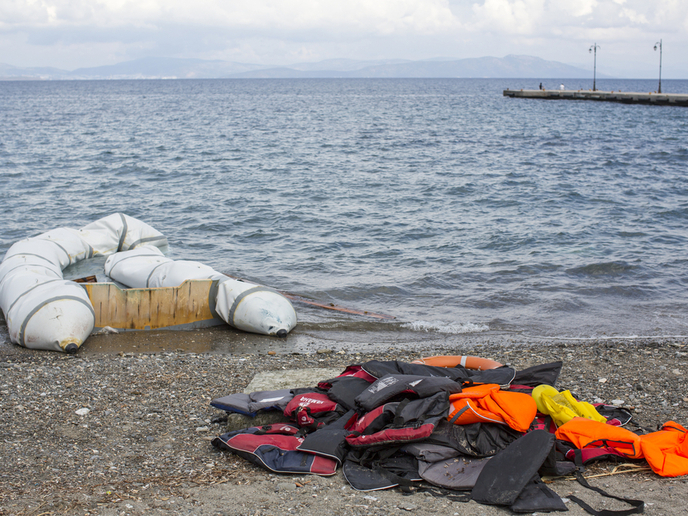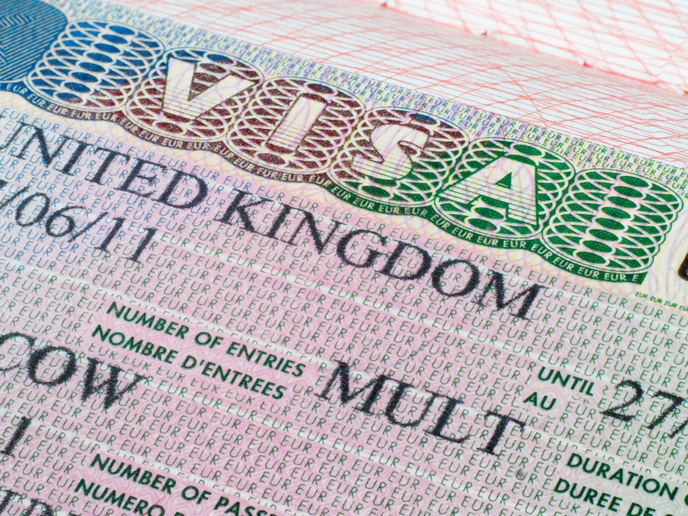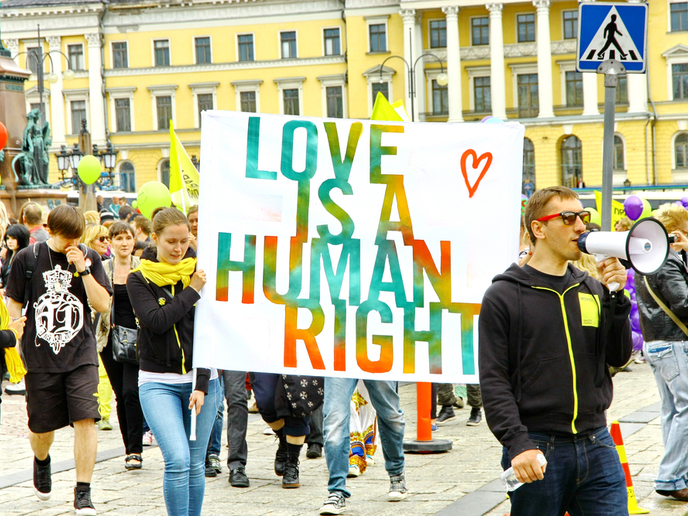How returnees are reviving Portugal’s rural areas
Portugal’s emigration rate is among the highest in the EU, with one in five Portuguese living abroad. While this demographic loss has left its mark on rural Portugal, an opposite movement is underway: the return of emigrants to villages and remote areas. How can we best harness the contributions of those who come back or wish to return? The EU-funded MigRural project has provided new tools for supporting returnees with a view to strengthening the local social fabric and supporting the economy. Undertaken with the support of the Marie Skłodowska-Curie Actions programme, it looked at impacts at the family, village and regional levels to improve our understanding of these dynamics. “Emigration still plays a big role in family life. There are many different trajectories, but movement between several countries is the rule,” says Amandine Desille, Marie Curie Fellow at the Institute of Geography and Spatial Planning of the University of Lisbon and MigRural project coordinator. Focusing her research on the Trás-os-Montes region near the Spanish border, she collected testimonies from 21 different local families.
Active participants
One of her most striking observations is that it is not only retirees who return to the villages. “While they form a majority, there are also younger people who come back, often to set up their own business,” Desille explains. “For instance, I met with returnees who opened a restaurant, a marketplace for farmers, a taxi company or rural accommodation.” Another important finding is that retirees are active participants, too. “They are involved in agriculture, they refurbish their houses, manage rentals, and are active in local committees,” Desille explains. During the holiday season, visiting family members give an additional boost to local life and the economy which is felt beyond the village and across the whole region.
Targeted support
Desille notes that while public support for returnees exists, it does not always match the needs of potential returnees. Programa Regressar, a large-scale government scheme put in place in 2019 to financially support returnees, only opened in January 2021 to those who wish to launch or invest in a local business. There is also a communication gap, especially when it comes to reaching out to returnees of retirement age. While a network of helpdesks (called GAE) for emigrants has been created, there is little information about these services available locally. Targeted support is key, she says: “There is a lot we can do to make returns easier, especially for younger people and those who are willing to invest and participate in the local economy.”
A new narrative
Desille has observed a number of trends which have fostered the emergence of a new regional narrative. Different transport infrastructure developments in this border region have created a new sense of openness and opportunity with a European outlook. This perspective is echoed in the way the region’s history of emigration is addressed today: “A new narrative – of adventure, freedom and courage – now defines the clandestine emigration that occurred during the (1933-1974) dictatorship,” Desille explains. Moving forward, she hopes to further investigate the links between migrant heritage, diversity and the impact on local communities in her next research project.
Keywords
MigRural, returnees, returns, emigration, migrants, migration, rural areas, demographic loss







